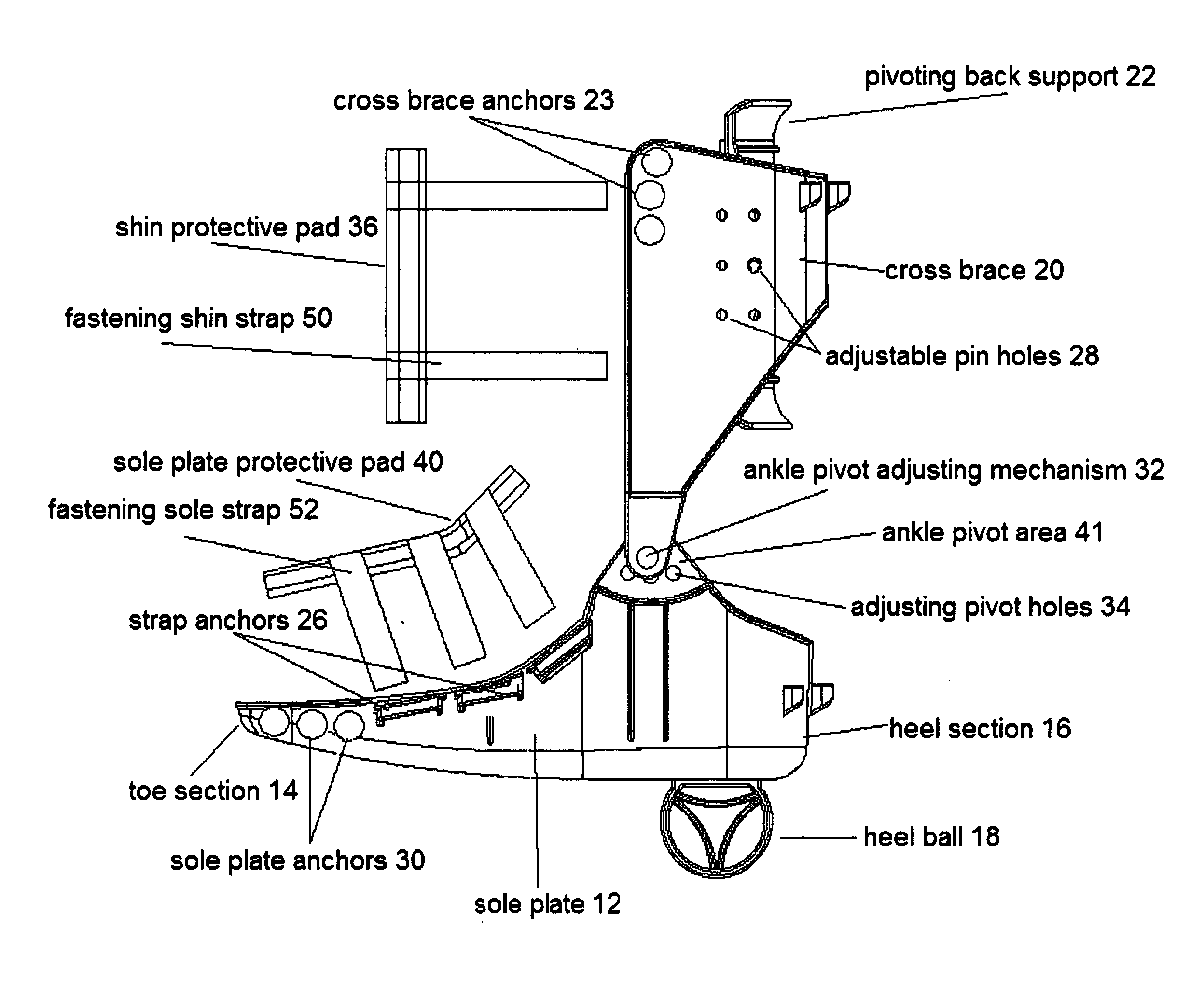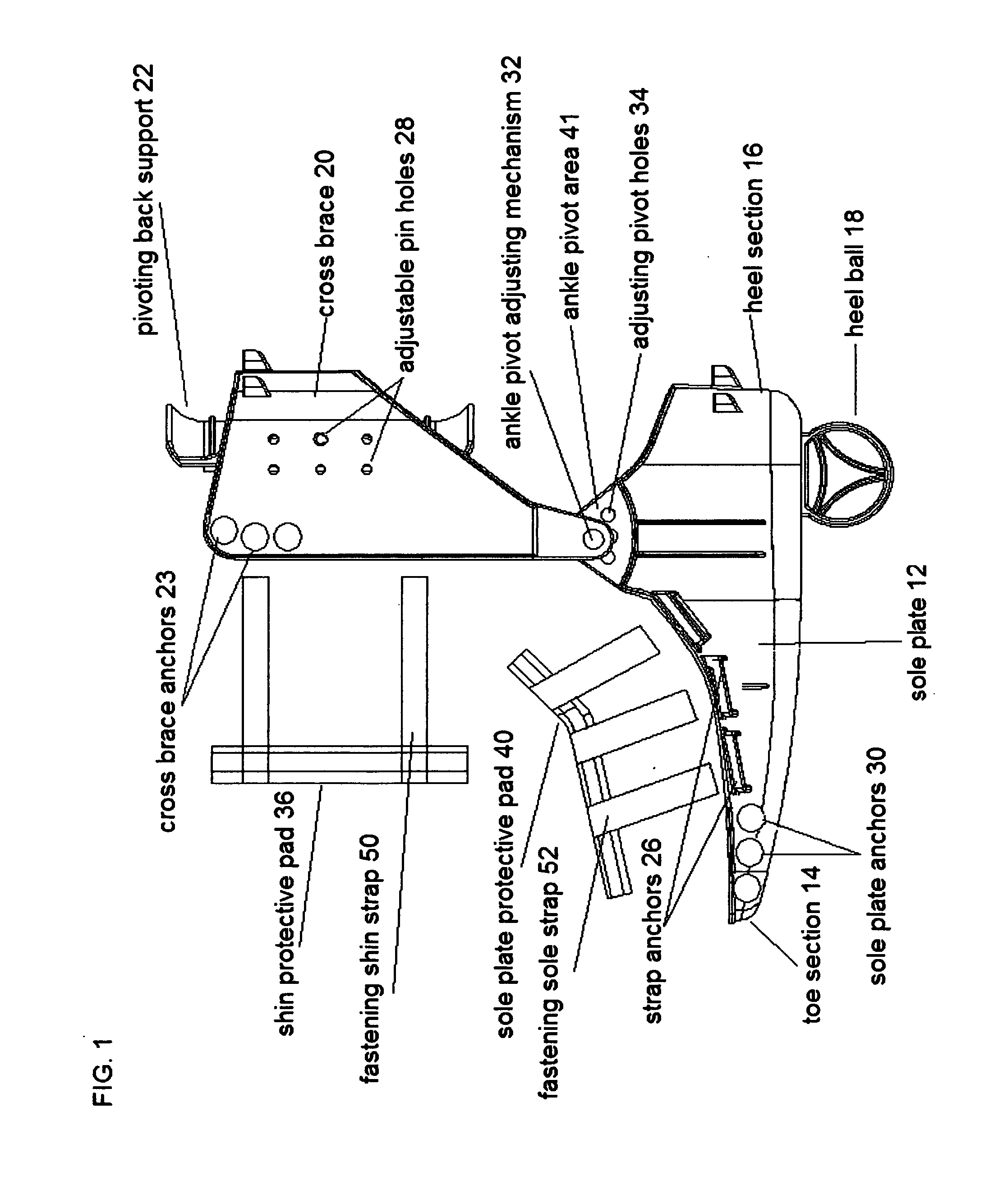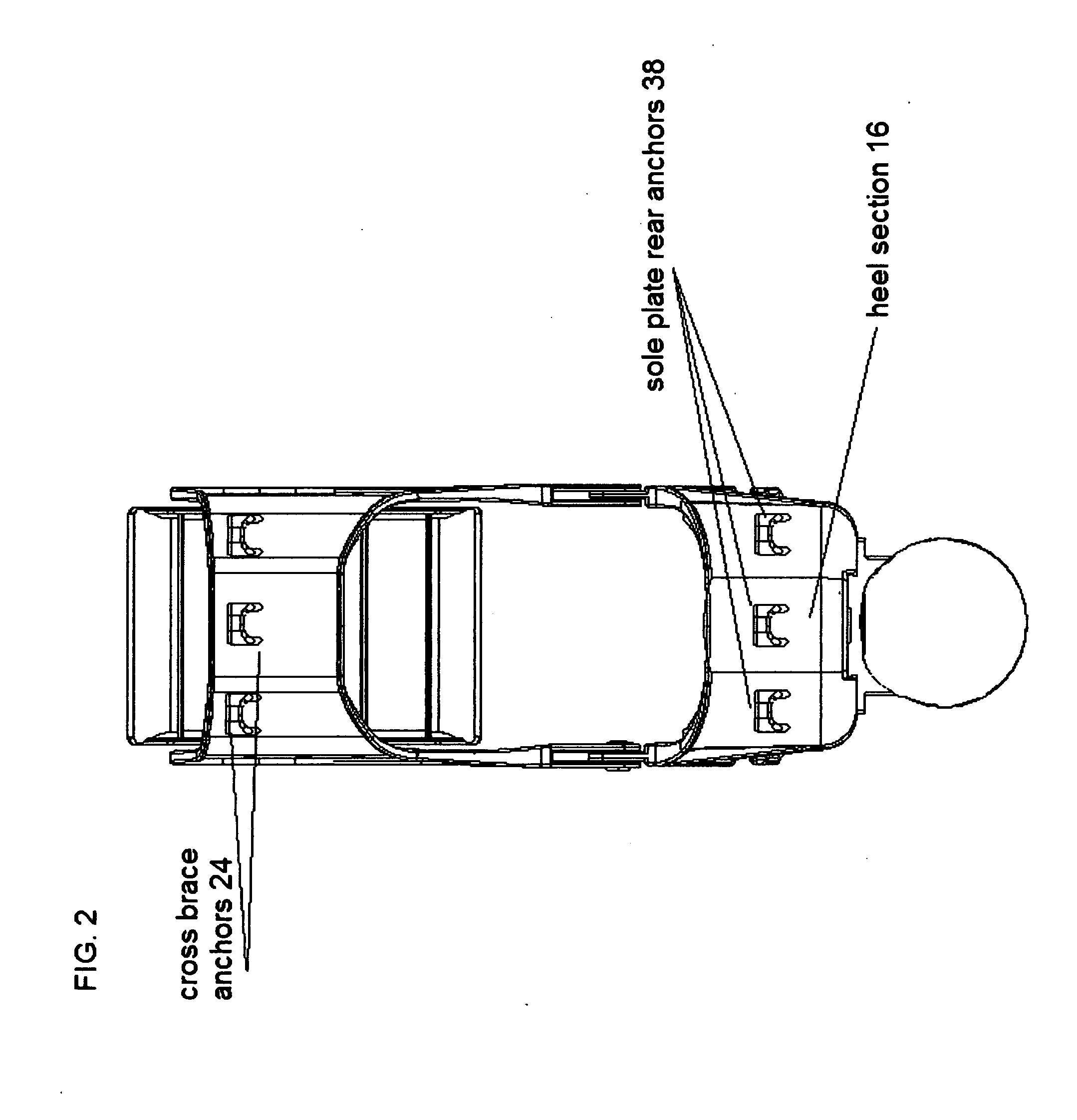Although these muscles play a major part in our every day lives whether you are athletic or not, they are often taken for granted until injured.
For example, if your
calf muscles are too tight; they can't take sudden stress; as a result they strain or tear causing you real grief.
In most cases, the aforementioned is caused by poor
calf muscle flexibility due to the lack of stretching.
Injuries such as those describe above are very serious, especially those involving the
Achilles tendon which more than often require
surgery.
Today's calf machines are bulky, weighty, stationary equipment designed for in-house use in the gyms and fitness centers only.
They also require a considerable amount of weight to be somewhat effective.
The problem with this method is that not only do you have to focus on the exercise itself, but you have to focus on balancing the weight while you rise up on your toes which take away from the main focus, your calves.
The standing calf machines regardless of the brand are very bulky and heavy machines, often weighing a minimum of 500 pounds and are very expensive.
The standing calf machines are none portable and are designed specifically for the gyms and fitness centers which make them convenient only at the facilities that are housing them.
The deficiencies surrounding these machines are all the same: the standing calf raise, though relatively effective doesn't eliminate the tendency to bounce the weight when fatigue sits in which in terms is very ineffective in working the calves.
In addition to bouncing, the standing calf machines allows you the option of bending the knees, and in essence promote
cheating on the press; that's when you do not raise all the way up on your toes to fully contract the
calf muscles or
cheating on the decline; that's when you do not go down far enough to extend and or stretch the calf muscles and the Achilles'
tendon which as a result is very ineffective in working the calves and can be the catalyst for future injuries.
Although it is possible for you to work the calves individually, the standing calf machines are designed to work both of the calves simultaneously which makes it some what uncomfortable, and puts a bit of a strain on the lower back and spine when done individually.
The cost though roughly half of that of the standing calf machines is still relatively expensive.
Though extremely more practicable than the standing calf machines, the seated calf machines are not designed to be portable thereby limiting the availability only to the facility housing the
machine.
Also the seated calf machines require external weights which take up more space and add to its impracticability.
Although this design eliminates the added stress put on the back and shoulders caused by the standing calf machines, they too failed to eliminate the tendency to bounce the weight when fatigue.
While the seated calf machines succeeded in eliminating the option of bending the knees, they failed in eliminating the option to cheat on the press; that's when you do not raise all the way up on your toes to fully contract the calf muscles or
cheating on the decline; that's when you do not go down far enough to extend or stretch the calf muscles and the Achilles'
tendon which as a result is very ineffective in working the calves and also like the standing calf machines can be the catalyst for future injuries.
There is no doubt that the prior arts give the calves a relative good work out but a relatively good work out is not good enough.
Although the seated calf
machine by default is capable of providing an adequate stretch of the
Achilles tendon, neither prior art has the capability or functionality to strengthen, stretch or build
muscle mass in the muscles surrounding the shin.
In addition, the prior arts are very impracticable, inconvenient and are absent of any functionality as it pertains to rehabilitating an injury to the lower extremity for various reasons most of which are mentioned above.
 Login to View More
Login to View More  Login to View More
Login to View More 


